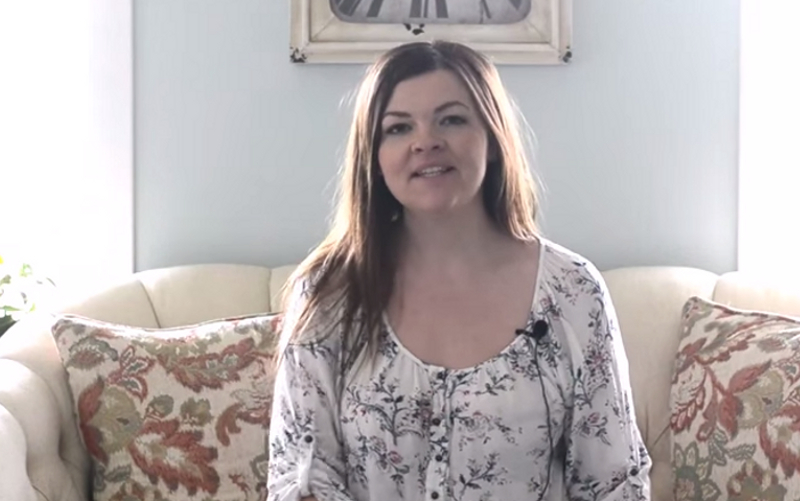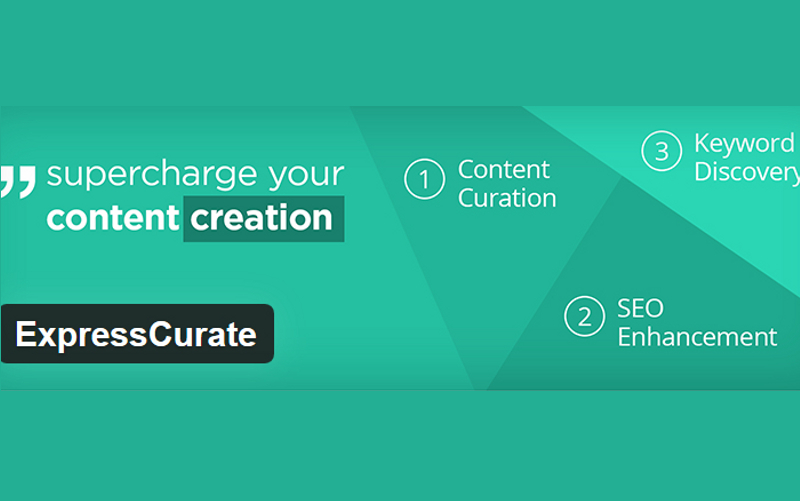When MySpace first allowed playlists to be posted on personal pages, it seemed like the internet had finally evolved. We’ve come a long way since then and adding music to a blog has become incredibly easy. It’s still free, but you’ve got to do it right to avoid licensing issues. If you upload a music file and post it yourself, then you could find yourself in a rights violation that could be costly. Don’t do that. Use these methods instead and you’ll know how to add music to a blog.
1. SoundCloud
What’s nice about SoundCloud is that the music audio files are as easy to embed into a blog post as a YouTube video. All you’ve got to do is copy and paste the code of the file into your site. The file plays through SoundCloud, not your blog, even if someone clicks the “play” button through your content. This means rights issues belong with SC and not with you – a big bonus these days. Multiple files or playlists can also be embedded. SoundCloud files can even be shared on your Facebook page or Twitter account as a way to promote your post.
2. YouTube
If you hold the rights to the music being uploaded, then YouTube is a great way to get double the exposure. Upload the audio file with a simple graphic and then embed the video into your text post. For the creative types, a music video that accompanies the video is a solid option as well. Just remember that the quality of your audio is going to matter with this method, so have the best stream possible when you create the video. If advertising is authorized on YouTube, you’ll also have a double source of revenues on your blog as well.
3. Spotify
You’ve got two options when it comes to listening to Spotify: the free version with all the ads or the premium version with no ads. Either way, you can share specific songs or albums with others on your blog through this platform. You’ll need to get the embed coding for the song or album that you want to share. When you put it into the coding of your post, the end result is a MySpace-esque playlist that people can hear and share if they wish – and they don’t need a Spotify account to do it. Artists get paid for the music streams from your blog as well.
4. Upload It
If you’ve got an MP3 file, then you’ve got something that can be uploaded into your blog. You may need to install Google’s audio player or another playback option before taking advantage of this. You can do that by copying and pasting this code into your site.
Now, replace the word MP3FILE within the quotes with the URL location of your MP3 file. If you’ve uploaded the music file directly to your site, then you’ll be assigned a URL location for the file. Put it in this part of the code. Then people can hit play and hear the file. Please note: if you don’t have the rights to the song, then you can’t use this method.
Why? Because online streaming of a song has publishing and artist’s rights associated with it. You can be charged $0.01 per stream that is initiated from the file that you’ve uploaded plus legal fees and other costs through litigation. That’s doesn’t seem like much, but if you get 1,000 hits per day and your audio file plays automatically, then that’s $300 per month plus costs for which you could be sued. A 2 second stream of a song counts.
The bottom line is this: if it isn’t your music and you don’t have written permission to post it, then just don’t do it. Use another method to embed the song into your site.
6. Podcasts
Delicious, Yahoo!, and other sites all have players that can be embedded into virtually any blog that will help you upload podcasts so they can be played. What is nice about the podcast option is that you have a few more rights options available to you in reviewing, playing, or discussing music. This allows you to get some of your favorite music onto your site without facing legal consequences.
Some players are better than others, so be sure to experiment with several of them before settling on just one to use. This way you and your readers will have a great time listening to a podcast about your favorite tunes.
Knowing how to add music to a blog helps to create an effective niche presents for your subject. Use these options to add your favorite tunes or your own to your blog and you may just see a spike in readership begin to happen.








